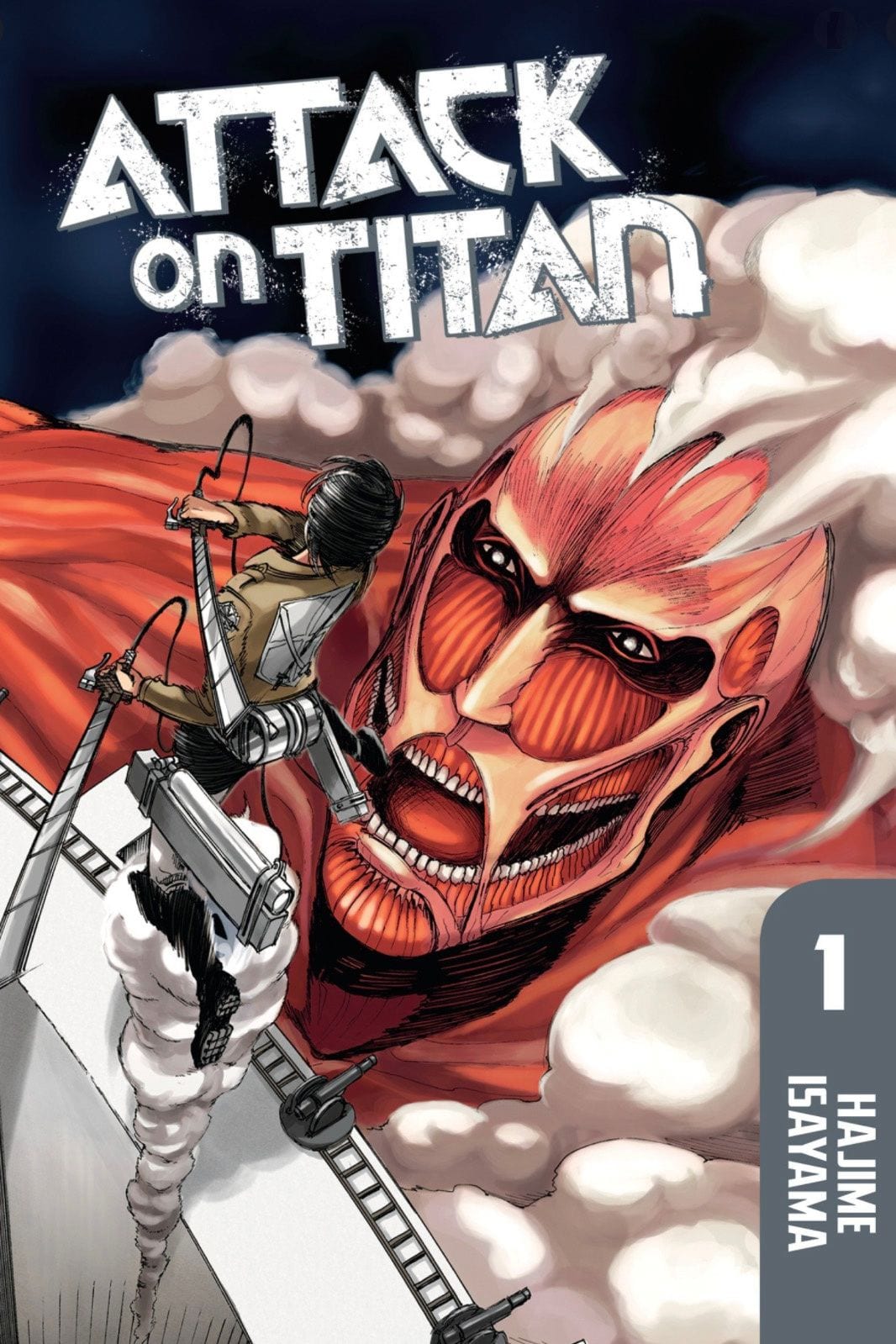Alarming Discoveries
In 2015, the Communist Party of China added both the Attack on Titan manga and its anime adaptation to a list of banned foreign entertainment said to “encourage juvenile delinquency, glorify violence and include sexual content.” Two years later, the question of censorship spread to the rest of the world with the release of the series’ 85th chapter detailing Eren’s discovery of Marley, a technologically-advanced nation-state whose sheer existence had been hitherto unknown to the medievalesque society within the walls. Even more shocking was the truth behind the Titans, which turn out to be genetically mutated humans that belong to a race called Eldians who, persecuted by the Marleyan government, are ritualistically turned into cannibalistic monsters and sent towards the walls in order to terrorize the people on the other side.
Interestingly, though, it was not so much these groundbreaking plot twists, but the imagery which Isayama incorporated into his illustrations that proved particularly difficult for western readers to process. Discriminated against for their ability to turn into Titans—an ability that, Isayama tells us, is linked specifically to their ancient and mythological bloodline, and proclaimed by state propaganda to originate from their ancestor having once made a pact with the “devil of all-earth”—the Eldians are separated from ordinary Marlyan society through internment camps reminiscent of Jewish ghettos. They are required by law to wear armbands denoting their race, which are similar in design to the Star of David.
Isayama is, of course, far from unique in this regard. From J.R.R. Tolkien to J.K. Rowling, there are many fantasy writers who have incorporated—or are believed to have incorporated—the visual footprint of the Third Reich into their fictional worlds one way or other. Few, however, have done so as extensively as the creator of Attack on Titan, who revisited this terrible chapter of history not to find inspiration for a fearsome antagonist, but to excavate the divisive ideas that lay buried there. A closer look at Isayama’s work reveals that totalitarian sentiment is not only a stylistic influence on his world-building, but an integral part of the story he is trying to tell.

- Attack on Titan 1 (9781612620244): Hajime Isayama ... - Amazon.com
- Attack on Titan: Colossal Edition 1 (0884937702974 ... - Amazon.com
- Hajime Isayama
- Hajime Isayama - IMDb
- Hajime Isayama (@hajime_isayama) | Twitter
- Hajime Isayama | Attack on Titan Wiki | Fandom
- Watch Hajime Isayama draw Levi from Attack on Titan (2017 ...
- 14 Things To Know About Attack on Titan Creator Hajime Isayama ...
- Manga artist Hajime Isayama reveals his inspiration - BBC News ...
- Hajime Isayama - Wikipedia


![Call for Papers: All Things Reconsidered [MUSIC] May-August 2024](https://www.popmatters.com/wp-content/uploads/2024/04/all-things-reconsidered-call-music-may-2024-720x380.jpg)



